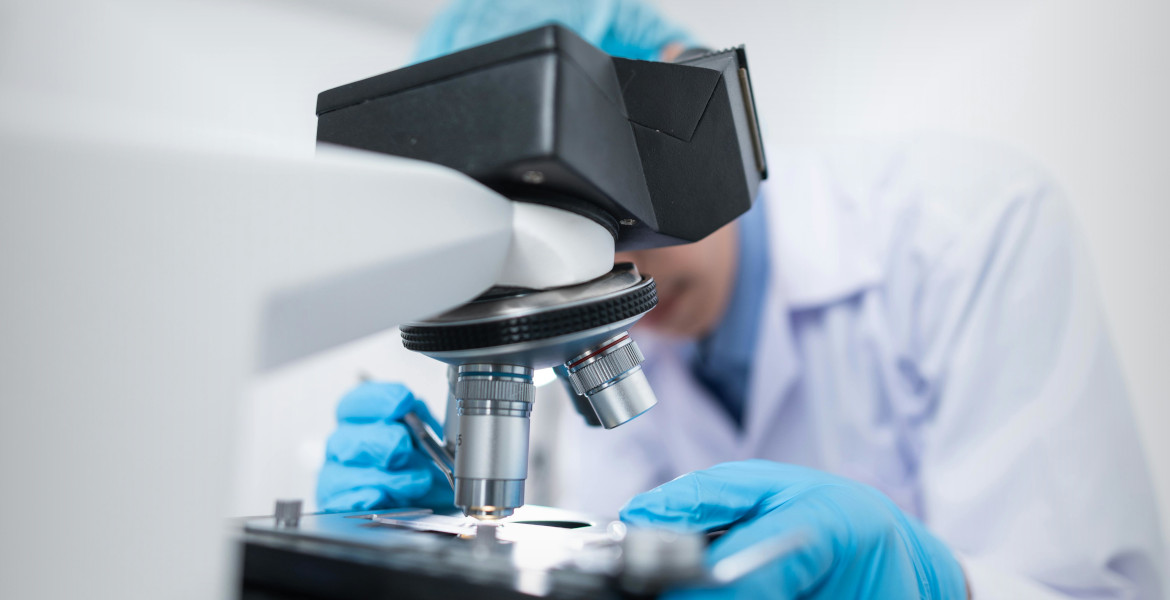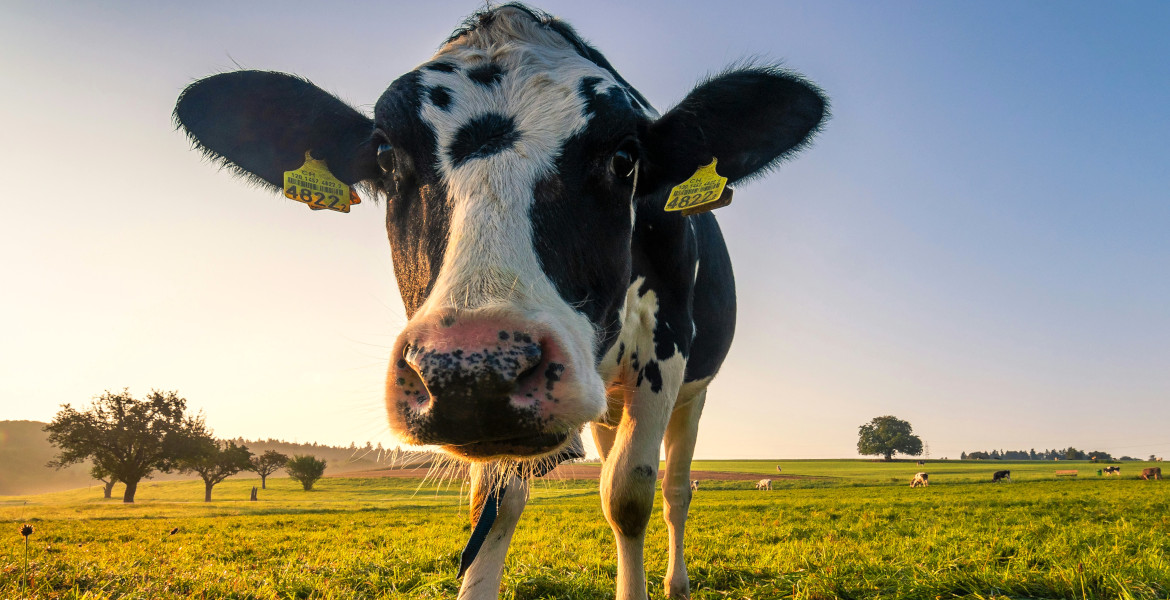In a new study, researchers have scanned the brains of teenagers as they use social media. Specifically they looked at the areas of the brain that respond to social rewards and punishments. It found that those who used Instagram several times a day, for example, became more sensitive to social feedback.
- 'We don't know if that's good or bad,' says researcher Eva Telzer. However, if it becomes compulsive and addictive and takes away their ability to engage in their social world, it could potentially become maladaptive.
How the growing digital world, and perhaps social media in particular, affects young people is a topic of much debate. In particular, how screen-time and the harsh environment of, for example, TikTok and Instagram will affect children and young people in the longer term is a constant concern for many people.
A study published last year, for example, saw how health videos on TikTok contributed to young people's skewed view of health and inaccurate images of food and nutrition.
Now a new study, published in JAMA Pediatrics, has investigated whether frequent viewing of social media is associated with changes in brain development in young people. The researchers used a technique called functional magnetic resonance imaging (fMRI) to look at brain development in children over a three-year period.
The study involved 169 children aged 12 to 13 from North Carolina in the US. The children were from diverse backgrounds and included both girls and boys. Participants were asked to report how often they looked at the social media apps Facebook, Instagram and Snapchat where it could range from once a day to upwards of 20 times a day.
- 'We know that adolescence is one of the most important periods for brain development - it goes through more changes second only to what we see in early infancy,' says study author Eva Telzer, an associate professor of psychology and neuroscience. It's a really dramatic period of brain development, especially in those brain regions that respond to social rewards.
The children then underwent annual fMRI scans where they were asked to look at and respond to different images regarding social feedback in the form of social reward, punishment or neutral images.
- 'We can take pictures of their brains and see which brain regions are activated when they see these social rewards and which brain regions change over these three years,' says Telzer.
The researchers found that children who looked at social media up to 15 times a day showed differences in how their brains developed over the next three years, when it came to social feedback. In some brain regions, sensitivity to social rewards and punishments increased. Even those who watched less social media showed increased sensitivity at the beginning of the study, but it decreased over time.
Social rewards can be felt, for example, when you receive praise or when you receive money. However, this is also true when you receive "likes" or positive comments on social media. Social punishments are instead when you receive negative feedback from people and can be compared on social media to, for example, a negative comment.
- Social media platforms deliver a constant and unpredictable stream of social feedback in the form of likes, comments, notifications and messages. These social inputs are frequent, inconsistent and sometimes rewarding, making them particularly powerful reinforcers that can condition users to check social media repeatedly, says co-author and psychologist Kara Fox.
The researchers now believe that frequent use of social media by young people may lead to increased sensitivity to social feedback in adulthood as well, both for social rewards and punishments.
- We don't know if that's good or bad - if the brain adapts in a way that allows teenagers to navigate and respond to the world they live in, that could be very good, Telzer says. If, on the other hand, it becomes compulsive and addictive and takes away from their ability to engage in their social world, it could potentially become maladaptive.
At the same time, the researchers note that more research is needed in this area, but add that they recommend that parents try to get their children involved in activities that do not include screens.





